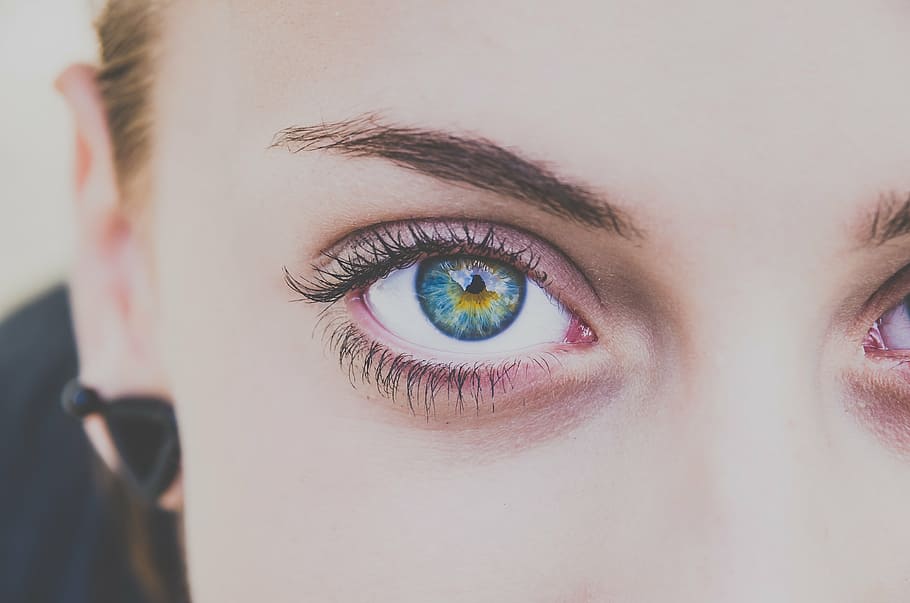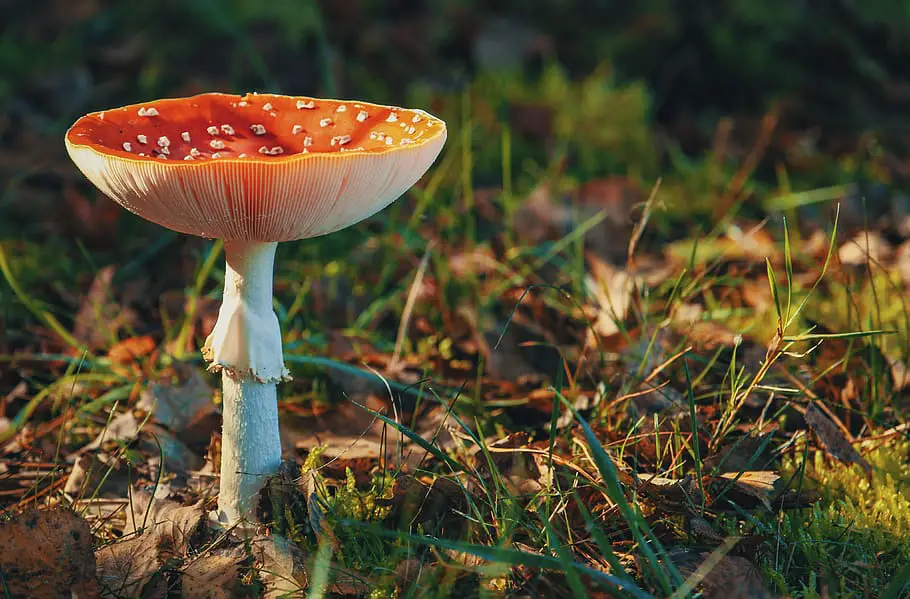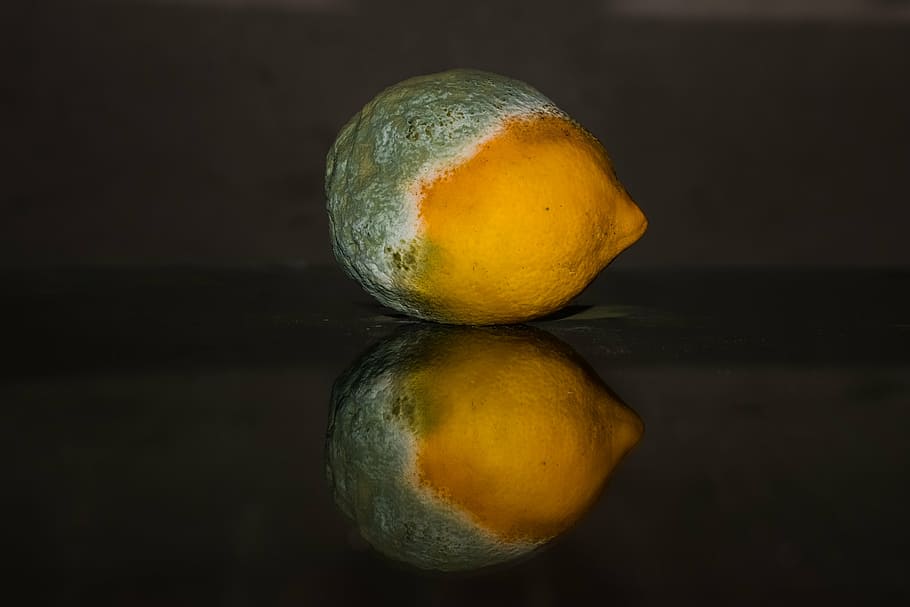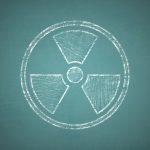If you’re looking for an air purifier for your home,
to help control the symptoms relating to pollen and dust allergies,
than you probably already know how much of a task it can be.
With the number of vendors and different types of air purifiers,
plus the vast amount of information related to air purifiers it can seem insane.
But there is no substitute for being well informed before making a purchase.
So here goes and we’ll try to keep it simple.
Table of Contents
What Is Best Type Of Air Purifier For Allergies?
The first type of air cleaner is the HEPA air purifier.
HEPA air purifiers are easily the most popular and they are so, simply because they work.
Most air cleaning appliances are at the very least combined with a HEPA filter.
And most rely on Hepa as the major part of their purifying capacity.
High-efficiency particulate air filters or HEPA has been around since the 40s.
As a technology it is used in many industries including vacuum cleaners and HVAC filtering, and others.
HEPA air cleaners will filter up to 97% of allergens, including, pollens, spores, and bacteria in your air space.
But HEPA Purifiers do come with a couple of downsides.
One is the only work well in a small area. Being that the air machines really amount to being a large fan that sucks air through a filter, the larger the space, the less likely you are able to get all the air repeating through the filter efficiently.
Secondly, they are noisy.
So noisy that many companies spin the noise as a blanket of calming sound to help your baby sleep. Thirdly is the replacement parts. You will be buying replacement filters regularly, for the life of the air purifier.
Second to HEPA is the Carbon filter. Carbon filters are almost never sold independently as an air purifier but as a secondary filter in HEPA machines.
Where as HEPA are capable of filtering particulates as small as .03 microns, they will do nothing for other types of pollutants such as chemicals from aerosols, gases, and cleaners.
This type of indoor air pollution is known as vocs or volatile organic compounds. Their size is around the range of .1 microns. Much too small for a HEPA filter.
Carbon filters are the standard for absorbing VOCs.
Which means that they are also very good at absorbing odors, since odors are in gas form.
Carbon filters are typically made out of charcoal and are more like a porous sponge than they are a filter.
The downside to these is:
1. Small areas only
2. They have to be replaced regularly for the air cleaner to function efficiently.
The next type of allergy air cleaner is an ionic air purifier or air ionizer as it is also called.
There are 4 technologies in which air purifiers can use ions to clean the air. They are:
1. Negative ion generators
2. Photocatalytic oxidation
3. Plasma
4. Electrostatic Precipator
The first is the negative ion generator.
These air purifier generate and emit negative ions into the air stream.
The ideal is that negative ions attract positive ions, which in this case are the airborne allergens.
When the negative ions cluster with the positive ions, they become to heavy to float and fall from the ambient air. (the air you breathe)
The obvious downside is the amount of dust that is left on surfaces.
The “surfaces” in this case are usually the closest wall and the air purifier itself.
There is a phrase to describe this phenomenon called “grey wall syndrome”.
Nothing like having your own phrase to describe your inadequacy.
Also negative ion generators do nothing to neutralize or capture the allergens,
so they are technically still in the room and can be easily stirred up back into the breathing space.
There are certain environments where negative ionizers work well such as a small air purifier on your work desk.
But these units are not made to work in large spaces,
and do emit a small amount of ozone which makes multiplying the amount of units it would take to clean an entire house or business unsafe.
Photocatalytic oxidation is the second type of method which ionization works well to reduce indoor air pollution.
Photocatalytic oxidation or PCO generates ions through a process of combining ultraviolet light with a catalyst coating made of primarily titanium oxide.
The effect is much like covering the air with a blanket of hydrogen peroxide ions and disinfecting the air in the same way that pouring hydrogen peroxide on a abrasion disinfects the wound.
This technology is known for being extremely effective for eliminating mold spores.
It covers a large area and is also way cheaper to use than a HEPA type air purifier because it is a filter less technology that does not require the regular exchange of filters.
Unlike negative ion generators, PCO machines not only create ions that make indoor air pollutants too heavy to float, they also oxidize and neutralize allergens, making them dormant.
The downside is they also create a small amount of ozone.
That is probably one of the reasons you find this technology being combined with carbon filters and plasma technologies.
The third type of ionization air cleaner is Cold Plasma.
Cold plasma works by creating both negative and positive ions and omitting them into the air.
Because of the polarity of the disrupted ions they immediately attract and become one ion combining with anything that gets in the way.
This amounts to the air becoming its own filter.
Sounds amazing simply because it is amazing. Cold plasma is the wave of the future.
The process of cold plasma does not create any ozone and it is effective at absorbing VOCs like formaldehyde.
The fourth type of ion air purifier is the Electro static precipitator.
This is an older technology I am mentioning because it still remains in the the air purification consciousness of the public.

These type of ionic air purifiers had plates in them that were negatively charged to collect the positive polluted ions that were pulled through the machine.
The plates had to be cleaned regularly for them to work.
The usual air purifier hype was that you could simply wipe them off as ai routine when turning your air purifier on and off.
But consumers quickly realize that wiping off meant, scraping.
They also had the typical problem of ozone building up inside the machine.
With Technologies like cold plasma now available,
Electrostatic precipitators, hopefully have become dinosaurs left in the Past.
GOOD RIDDANCE
The fifth type of air cleaner that is used to rid allergies from your air is the UV germicidal lamp.
Ultraviolet light will eradicate anything that it is targeted on.
But because it is impossible to target a UV lamp on the air itself, they are normally included as a secondary method to help keep your HEPA filter from becoming a germ farm.
Another popular method for using UV is to place the ultraviolet light above the coils and the drip pan in your heating and air handler.
This helps kill the bacteria and mold breeding in these dark areas before they ever has a chance to enter your house through the vents of your system.
Even though some UV lights do emit a low level of ozone,
It’s generally agreed the ozone dissipates quickly enough that placing uV or photocatalytic oxidation air purifiers in the hVAC system as an induct air purifier does not pose any risk of symptoms brought on from exposure to Ozone.
Ozone is not recommended as a domestic air cleaner because can be harmful to your lungs when breathed.
Ozone however is very good at destroying any type of air pollution in an industrial setting.
As a commercial air cleaner it is great for remediation, clearing out second and third hand smoke from vehicles and houses.
As well as an excellent mold solution.
As long as it’s not used as a domestic air purifier in the vicinity of people.
You can think of ozone in much the way you think of bleach. If you douse bleach everywhere in your bathroom, even though you will kill every germ in there, you will not be going in there for a while because you will not be able to breathe if you do.
Same with ozone.
And if you live in California, you are out of luck, because ozone generators are illegal to sell there.
Finally, and probably the best suggestion for a room allergy air purifier is a multi tech air purifier.
There are many different air purifiers on the market that can combine many different Technologies all in the same box.
The trick is to find the right combination of technologies that work well in concert together.
Not all Technologies work well together. So just buying an air purifier that has every technology may not be the right thing unless you know what each technology does well and use it for that reason.
Most reputable air cleaner companies will have a good explanation of why each technology is combined.
The best of these multi-tech air purifiers are using an on board air quality sensor to measure the air quality in your room.
and then implement the technology that it will take to clean it properly.
They even come with an app so that you can check your air quality and turn your air purifier on remotely anytime you want.
The best whole house air purifier solution is the induct air purifier.
One of the most frequent questions I hear is whether or not one air purifier will work for both the upstairs and downstairs.
The truth is that it is hard to get an air purifier to work outside of one room only.
If you are using stand alone air purifiers and want to clean the air in the whole house,
you will need air purifiers throughout the house.
Or you can carry one air purifier from room to room and let it run a few days in each. Not a suggestion that too many people want to hear.
If your home is set up to do so,
The best answer is to place an induct air purifier in your HVAC system and clean the air the vents in your home.
Most people do not realize that the central heat and air system in their house is also one of the main culprits when it comes to producing allergens and introducing them to the Airstream.
This is because of the environment within the air handler itself. We’re talking about a dark and damp room. Which are the perfect environment and ingredients for mold and mold spores to flourish.
So the air handler becomes not only a source of mold spores flowing through your air, it also redistributes air throughout the house which means that if there is any pollution in one area of the house it will now be evenly distributed throughout the house.
One in duct air purifier placed in the proper area of your HVAC is a great solution for whole house allergy air purification.
They not only purify the air inside of your vent work so that your machine is distributing clean air, they clean the air coming in from the outside.








